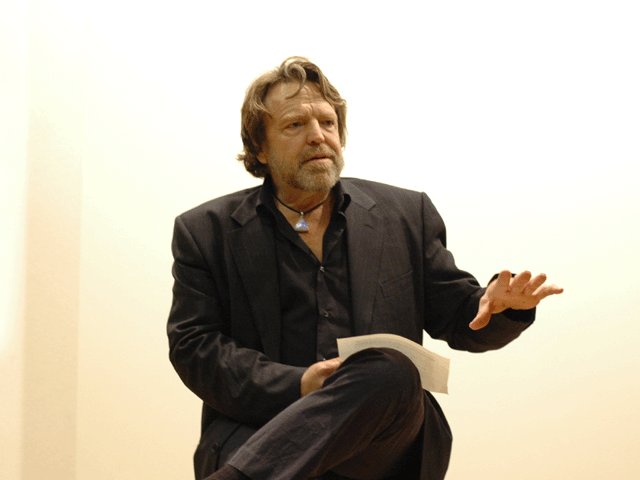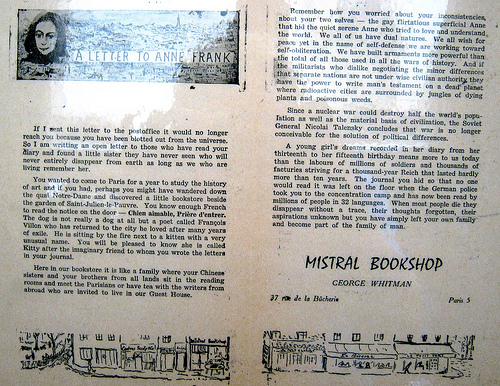John Lennon’s “Imagine” is one of the most covered songs in rock history. Its simple message is evergreen, its sentiments not hard to get across, but few renditions are as moving as David Bowie’s one-night-only performance when his 1983 Serious Moonlight tour wrapped at the Hong Kong Coliseum.
It was especially fitting given that this, the final night of the tour, coincided with the 3rd anniversary of Lennon’s murder.
While legions feel a deep personal connection to that song, Bowie and Lennon were “as close as family,” according to Lennon’s widow, Yoko Ono.
Lennon cowrote Bowie’s 1975 hit, “Fame,” joining him in the studio with his guitar and a memorable falsetto. As Bowie recalls below, he also provided some much-appreciated counsel regarding managers.
As the anniversary loomed, Serious Moonlight guitarist Earl Slick, who played on several Lennon albums, suggested that a tribute was in order. He suggested “Across the Universe,” which Bowie had covered in the same session that yielded “Fame.”
Bowie reportedly responded, “Well if we’re going to do it, we might as well do ‘Imagine.’ ”
It was the final song played that night, Bowie setting the stage with some personal anecdotes, including one that had taken place at a nearby vendor’s stall, where Bowie spied a knock-off Beatles jacket and convinced Lennon to pose in it. (What we wouldn’t give to be able to share that photo with readers…)
Frequent Bowie collaborator back up singer George Simms told Voyeur, the fanzine of the international David Bowie Fanclub:
If I remember well, we didn’t rehearse that song. The night David did the ‘Imagine’ song, none of us in the band had any idea how that song was going to come off. David told us before, at a certain point, he would cue the band to start the song instrumentally. We didn’t know what he was going to do in the beginning but he had it very carefully worked out with the lighting people. We were on stage and it was dark. David was sitting on the stage at one particular place and, all of a sudden, a single spotlight went on David and hit him exactly where he was sitting. David started to tell something about John Lennon. During this, it went dark a few times again, but then when the spots went on again David was sitting somewhere else on the stage. David cued the band and we started the song. It was the third anniversary of Lennon’s death; it was December 8. We all grew up listening to The Beatles and John Lennon. After we did “Imagine,” we all went off the stage and back into the holding area. Normally we’d be slap-happy, talking and laughing, but that night there was absolute silence because of all the emotion of doing a tribute to John Lennon—especially knowing that David was a friend of his and that David was speaking from his heart. We didn’t know how dramatic the lights’ impact was going to be. Nobody wanted to break the silence; it was like a sledgehammer into your chest.
Lennon’s admiration mirrored the respect Bowie had for him. He may have busted Bowie’s chops a bit by reducing the glam-rocker’s approach as “rock n’ roll with lipstick,” but he also described his own Double Fantasy album as an attempt to “do something as good as (Bowie’s) Heroes.”
Related Content:
Watch John Lennon’s Last Live Performance (1975): “Imagine,” “Stand By Me” & More
The Making of Queen and David Bowie’s 1981 Hit “Under Pressure”: Demos, Studio Sessions & More
Ayun Halliday is an author, illustrator, theater maker and Chief Primatologist of the East Village Inky zine. Follow her @AyunHalliday.



